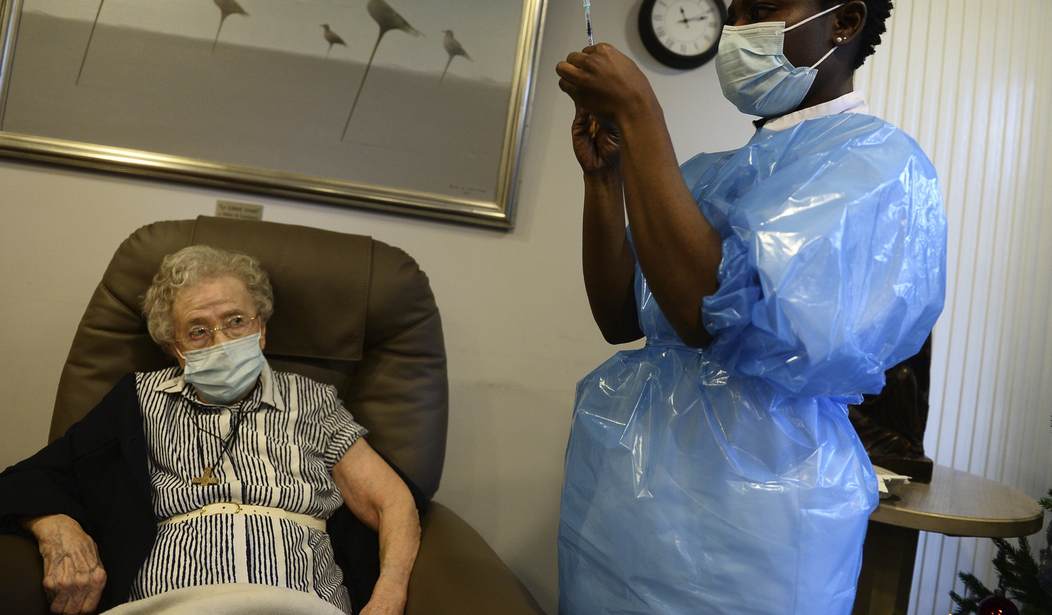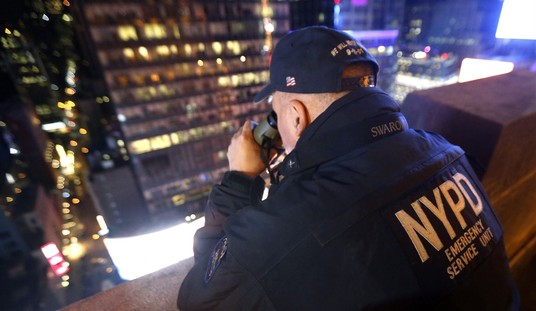New research predicts that, like the virus that caused the Spanish flu epidemic in 1918, COVID-19 will become another seasonal bug that we build efficient long-term immunity against. Researchers at Emory University and the Department of Biology and Center for Disease Dynamics at Pennsylvania State University published their findings in Science. It provides a hopeful outlook for the course of the pandemic, especially for young, healthy individuals who have been infected:
We are currently faced with the question of how the CoV-2 severity may change in the years ahead. Our analysis of immunological and epidemiological data on endemic human coronaviruses (HCoVs) shows that infection-blocking immunity wanes rapidly, but disease-reducing immunity is long-lived. Our model, incorporating these components of immunity, recapitulates both the current severity of CoV-2 and the benign nature of HCoVs, suggesting that once the endemic phase is reached and primary exposure is in childhood, CoV-2 may be no more virulent than the common cold.
Unlike some viruses that cause severe illness in children, COVID-19 does not. Children, especially those under the age of 10, seem to tolerate the infection, exhibiting only mild symptoms. They also don’t appear to be drivers of disease transmission. The researchers evaluated scenarios for continuing vaccination when the virus falls below pandemic levels because of this pattern. Even for the rollout, they propose:
Should the vaccine cause a major reduction in transmission, it might be important to consider strategies that target delivery to older individuals for whom infection can cause higher morbidity and mortality, while allowing natural immunity and transmission to be maintained in younger individuals.
Wow. That almost sounds like vaccination for the elderly and those at-risk, and herd immunity for younger populations. This analysis has implications for public policy, including challenging the idea that vaccines should be mandatory or added to the childhood schedule. If the virus acts like other human coronaviruses (HCoVs), exposure to them boosts immunity against related strains, resulting in a mild illness upon reinfection.
Support for this scenario exists in previous research that found antibodies, the proteins that fight the initial infection, begin to decrease after 6-8 months. However, powerful and protective memory T-cells remain ready to fight off COVID-19 should reinfection take place. We know that individuals who recovered from SARS have detectable T-cells 17 years after the infection. B-cells, which manufacture the antibodies, were actually still increasing over the eight-month study. These long-term immune-system components reduce the severity of the illness the second time an individual is exposed:
More often, people become infected a second time with a particular pathogen, and the immune system recognizes the invader and quickly extinguishes the infection. The coronavirus in particular is slow to do harm, giving the immune system plenty of time to kick into gear.
“It may be terminated fast enough that not only are you not experiencing any symptoms but you are not infectious,” Dr.[Alesandra] Sette said.
The idea that COVID-19 will eventually act like routine HCoVs is also supported by research on T-cell reactivity. Six studies demonstrated that samples from people who had no known exposure to COVID-19 nevertheless had reactive T-cell responses to the virus in between 20-50% of participants. The studies were small and cannot predict how many in the population may have a pre-existing immune response based on exposure to related HCoVs. However, it is a possible explanation for the wide range of symptoms seen even in healthy individuals and those who are asymptomatic.
The new paper concludes:
Considering data and model predictions from emergence through endemicity of HCoVs revealed a framework for understanding immunity and vaccination that may apply to a variety of infections, such as RSV and seasonal influenza, which share similar age distributions and immune responses.
Based on this analysis and previous research, after vaccines are distributed to the elderly and at-risk individuals, the situation must be reassessed before proceeding with any public policy on vaccinations. Monitoring of reinfections should continue, and immune response should continue to be measured. But let’s not jump the gun on “immunity passports” and childhood vaccinations. Let’s listen to all of the science.
The WHO Finally Updates Its COVID-19 Testing Policy… One Hour After Biden’s Inauguration










Join the conversation as a VIP Member